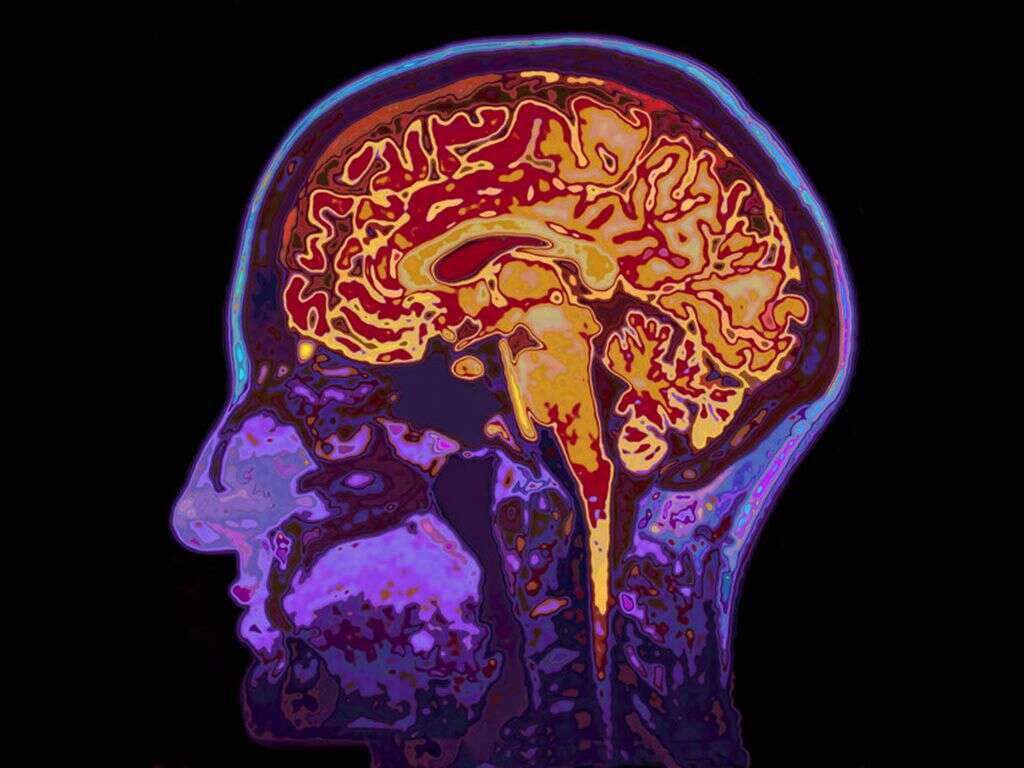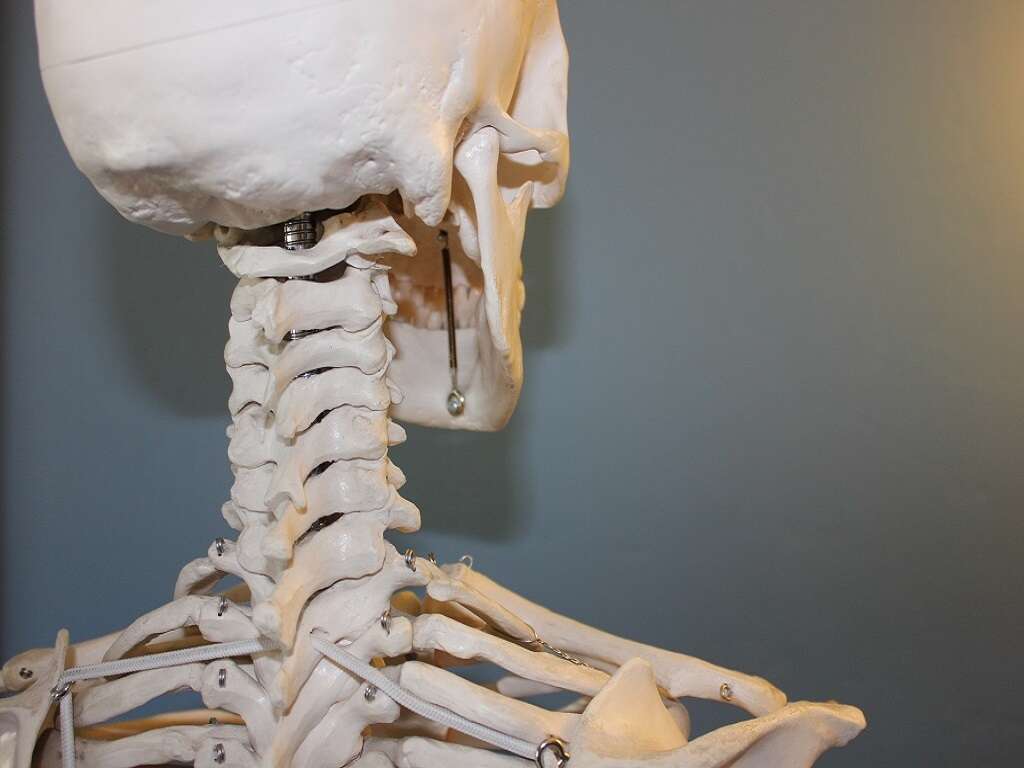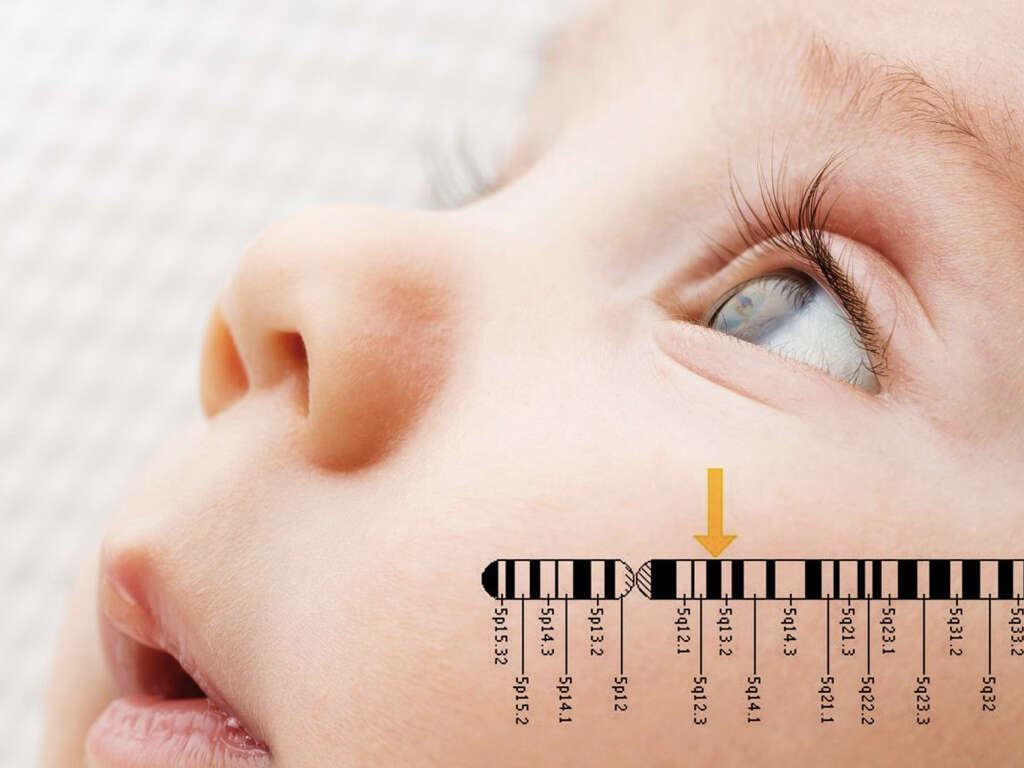What Are Seizures?
People with epilepsy or frequent seizures may be young, old, disabled, or otherwise healthy. Seizures can affect a wide variety of people, and while they bring to mind a person dropping and convulsing on the floor while an onlooker calls an ambulance, in reality, there are several different types of seizures and treatments for seizure disorders.
It’s possible to have one or several seizures and never suffer from them again, or it’s possible to develop a condition called epilepsy, in which a person is at high risk of multiple seizures. Read on to discover the most common types of seizures, their treatments, and what you can do to help yourself or someone you love who has a seizure disorder.

1. What Are the Symptoms of Seizures?
When someone has a seizure, certain neurons in the brain experience abnormal paroxysmal discharges in highly excitable regions of the brain’s outer layer (cortex). Symptoms depend on which part of the brain is affected and whether the seizure is determined to be “focal,” when only a specific region or hemisphere of the brain is affected, or “generalized,” when parts of both hemispheres are affected simultaneously.
Seizures can look like what you may see on TV, or they can be quite anticlimactic. Some patients have seizures in which they simply stare into the distance for a few seconds and then return to the conversation as if nothing happened.

2. What Are the Differences Between Focal and Generalized Seizures?
Focal seizures are considered to be “partial” because only a limited area of one brain hemisphere is affected. People who experience focal seizures may or may not have impaired awareness. Additionally, a focal seizure may or may not involve physical movement.
For those who do lose awareness (during a focal seizure), this episode is known as focal impaired awareness seizure (previously known as complex partial seizures). These types of seizures can involve becoming unaware of one’s surroundings and automatisms (i.e. picking at clothes, lip-smacking). On the other hand, generalized seizures affect both brain hemispheres simultaneously. Also, they can be subdivided into subtypes (i.e. tonic-clonic, absence, atonic).

3. What Are Absence Seizures?
This type of seizure, which used to be called a “petit mal” seizure, is common in school-aged children, but it can affect adults as well. An absence seizure is a type of generalized seizure that does not involve motor symptoms. Instead, these episodes involve brief lapses in awareness where the affected person usually remains “staring off into space”. Hence, absence seizures are often mistaken for “daydreaming”. Though these seizures sound mild and uneventful, they can interfere with children’s education and development.
Absence seizures can be classified into typical and atypical episodes. Depending on the type of seizure, episodes can last 10 seconds or less (i.e. typical) or more than 20 seconds (i.e. atypical). Also, during seizures, patients can experience twitches of specific body parts (i.e. eyelids) or more complex movements like rapid blinking and chewing. After it ends, the person affected will likely have no memory of the episode.

4. What Are Tonic-Clonic Seizures?
It’s common in the movies for seizure patients to fall over, convulse, and be unable to talk or respond. This is a tonic-clonic, convulsive, or “grand mal” seizure. While this symptom profile doesn’t match everybody with this condition, it describes tonic-clonic seizures.
When experiencing a tonic-clonic seizure, the affected person loses consciousness and may fall over to the floor. First, during the tonic phase, most muscles stiffen and the patient may cry, groan, and/or bite their tongue or cheek. Then, the clonic phase ensues and the person will experience rapid, rhythmical, and jerking movements of their extremities. In most people, after 1 to 3 minutes, the episode comes to a stop. However, tonic-clonic seizures that last longer than five minutes are a medical emergency. Similarly, it is also an emergency when a person experiences 3 or more episodes in a row without regaining consciousness between them. Lastly, bear in mind that, after a seizure, a person’s consciousness usually comes back slowly.

5. What Are Myoclonic and Clonic Seizures?
Myoclonic seizures may be confused with random twitches or jerks since they involve the alternating contraction and relaxation of a muscle or group of muscles. Usually, these episodes are extremely brief (seconds), and they can involve both sides of the body. In addition, during these episodes, the person affected is commonly conscious.
Clonic seizures involve the alternating contraction (stiffening) and relaxation of muscles in a sustained and rhythmical fashion. These seizures can begin in one area of the brain (focal motor) or involve both cerebral hemispheres (generalized clonic). Furthermore, clonic seizures are very rare and they might be difficult to distinguish from myoclonic seizures. However, the former involves movements that are far more regular and sustained.

6. What Are Tonic and Atonic Seizures?
Tonic seizures, in contrast to the tonic-clonic type that has become the iconic image of a “seizure” in the media, are relatively rare. They are generalized seizures, meaning that the entire brain is affected by abnormal neuronal activity, and patients who experience these develop sudden muscle stiffness and a small change in awareness (or none). They are often tied to Lennox-Gastaut syndrome and other epileptic syndromes.
Atonic seizures, or “drop attacks,” are more common in adults than in children. These patients do not convulse; as the name suggests, they simply drop to the floor because their muscles suddenly lose their normal tension (tone). Importantly, these seizures can affect one region of the brain or both cerebral hemispheres. Finally, the seizure itself may not be as dangerous as the possibility that patients hit their head when they fall.

7. Will My Seizures Go Away?
It’s possible to have a seizure as a result of a medical condition, such as high fever, and to never have one again. Patients may be advised to undergo an EEG or further testing to determine the cause of their seizure.
It’s also common to have mild seizures, such as absence seizures, during childhood that become less severe in adulthood. However, most patients who are diagnosed with epilepsy will be affected by it their whole lives, though it can be managed with medication.

8. What Are the Most Common Causes of Seizures?
Epilepsy is the most common cause of chronic seizures worldwide. However, not everyone that experiences a seizure has epilepsy. For instance, infections that cause high fevers (i.e. meningitis) can cause acute seizures, especially in children.
Causes of seizures include medications (i.e. antidepressants), drugs (i.e. cocaine, amphetamines), head trauma, stroke, brain tumor, alcohol withdrawal, psychiatric conditions, and congenital malformations.

9. How Are Seizures Treated?
Recall that having one seizure can be an isolated event and it does not necessarily mean that there will be another one. Thus, the physician must first proceed to search for the correct medical diagnosis before starting the medication.
Like with any other medical condition, the goal for seizure treatment is to use the best possible drugs (or therapies) to stop episodes (i.e. medications that have the least side effects for the patient). Often, treatment for this condition will require the use of one or more anti-seizure drugs. The key to optimal management of the disease is to work closely with your doctor to find the medication and dosage that works best for you.

10. What to Do
If you witness someone convulsing, it’s important to call for emergency medical help immediately, as this type of seizure can become life-threatening.
Don’t try medical aid yourself such as inserting something into the person’s mouth or pinning him or her to the floor, as this can lead to injury.











